Southeast Asia is a feast for the senses, known for its rich tapestry of cultures, lush landscapes, and historic treasures. It is a region that leaves travellers awestruck and yearning for more. Yet, as tourism continues to grow, so does the need for responsible travel practices that ensure the sustainability of these mesmerising destinations. By travelling with a purpose and embracing sustainable practices, we can not only have enriching experiences but also contribute positively to the very places we are exploring.
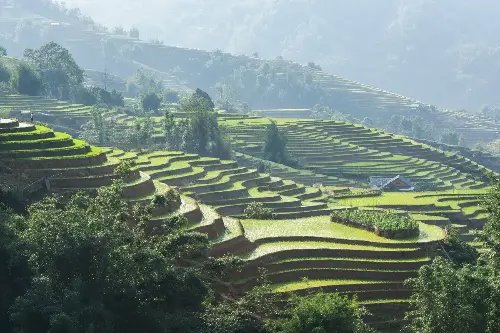
The Imperative for Sustainable Travel
The allure of Southeast Asia's turquoise waters, emerald rice fields, and bustling street markets beckons millions of tourists annually. This tourism boom, while economically beneficial, has also brought myriad environmental challenges—from waste management issues to the strain on local resources. Recognising these challenges, sustainable travel has pivoted from being a niche trend to a necessary practice, ensuring that future generations can enjoy the same beauty travellers experience today. Moreover, responsible tourism affirms our respect for the local communities and ecosystems, which are often the primary reasons for visiting.
Embracing Eco-Friendly Accommodations
One of the cornerstones of sustainable travel is selecting eco-friendly accommodations. Throughout Southeast Asia, from the eco-lodges along the Mekong River in Luang Prabang, Laos, known for their sustainable building practices and integration with the local environment, to the permaculture-focused eco-villages in Ubud, Bali, which often prioritize organic farming, waste recycling, and community engagement, there are numerous options for travellers who want to minimize their ecological footprint. These establishments are often constructed using sustainable materials and designed to blend seamlessly with the natural environment. They also practice waste reduction, water conservation, and energy efficiency. By choosing such accommodations, travellers can support businesses that are committed to sustainability.
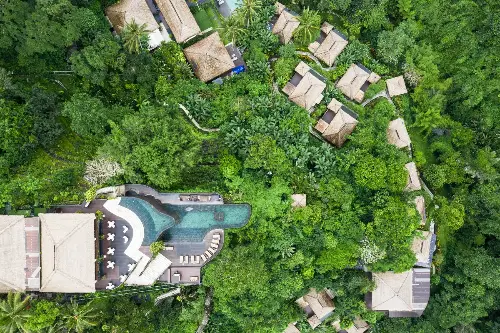
Supporting Local Economies and Cultures
A profound way to travel with purpose is to engage with and support local communities. This can be achieved by partaking in community-based tourism, where local people invite travellers into their communities to share their way of life. Whether it’s the community-based tourism initiatives in the Mai Chau valley, Vietnam, where travellers stay with local families and learn about their traditions, or a visit to the silk weaving villages around Chiang Mai, Thailand, where supporting local artisans directly preserves cultural heritage, these experiences not only foster a deeper cultural understanding but also ensure that tourism dollars benefit the local economy directly.
Responsible travellers also seek out authentic experiences by patronising local artisans, dining at establishments serving regional cuisine, and participating in festivals or cultural events—all of which are means to celebrate and preserve the local heritage.
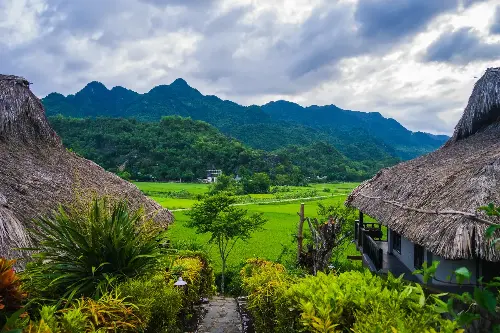
Conservation and Wildlife Protection Efforts
Southeast Asia is rich in biodiversity but, unfortunately, many species in the region are endangered. Wildlife tourism can have a significant impact on conservation efforts if conducted responsibly. Choose ethical wildlife experiences that prioritise the wellbeing of the animals and their habitats. This means avoiding attractions that exploit animals for entertainment and instead visiting the Sepilok Orangutan Rehabilitation Centre in Sabah, Borneo (Malaysia), which focuses on ethical wildlife conservation, or exploring the marine protected areas around the Tubbataha Reefs Natural Park in the Philippines, showcasing efforts to preserve underwater ecosystems. Contributing to conservation projects or volunteering for environmental initiatives during your travels can also be impactful ways to make a positive difference.
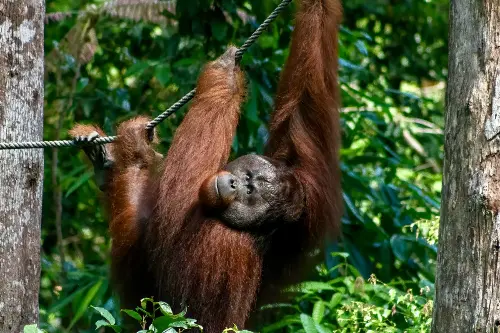
Reducing Plastic Usage and Waste
Plastic pollution poses a severe threat to Southeast Asia's terrestrial and marine environments. Travellers can play a pivotal role in mitigating this threat by reducing their plastic usage. Simple practices such as carrying a reusable water bottle, refusing single-use plastics, and packing goods in eco-friendly materials can significantly reduce waste. Furthermore, participating in clean-up projects on beaches or trails can help to leave the areas visited in better condition than when they were found.

Immersing in Nature with Minimal Impact
The natural landscapes of Southeast Asia are nothing short of awe-inspiring. As visitors venture into the heart of these stunning ecosystems, it is critical to practice 'leave no trace' principles. This includes sticking to designated trails, not disturbing wildlife, and carrying out all waste. Ecotours, such as guided eco-tours through the limestone karsts and lagoons of El Nido or Coron, Palawan (Philippines), emphasizing responsible tour operators, or trekking in Danum Valley Conservation Area in Sabah, Borneo (Malaysia), known for its biodiversity and focus on low-impact ecotourism, offer immersive experiences with a commitment to minimising environmental impact.
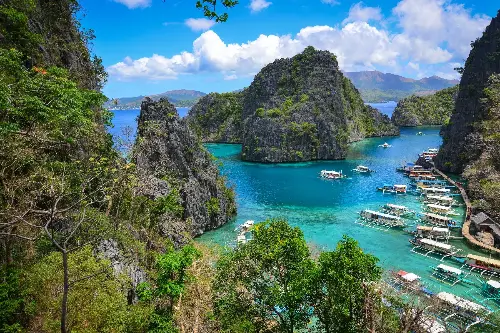
Cultural Sensitivity and Etiquette
Respect for local customs and traditions is at the heart of responsible travel. It is essential for travellers to educate themselves on the cultural norms and etiquette of each country visited in Southeast Asia. This shows respect for local residents and their customs, and can enhance the travel experience through meaningful connections and mutual understanding. Additionally, respecting sacred sites and dressing appropriately in religious or traditional settings is not only courteous but also preserves the dignity of the communities and their cultural sites.
Conclusion
Travelling with purpose in Southeast Asia is about marvelling at its beauty while making conscious choices to protect and preserve the environment and its cultures. Responsible travel is on the rise, and Southeast Asia is a region where its impact can be most profoundly felt. By staying in eco-friendly accommodations, supporting local economies, engaging in conservation efforts, reducing plastic waste, practising cultural sensitivity, and exploring nature responsibly, we ensure that the footprints we leave on these lands are as light as possible. In doing so, we become not just visitors, but guardians of the place and participants in its sustainability story. Through responsible and sustainable practices, the journey through Southeast Asia becomes even more rewarding, filled with the satisfaction of knowing that we are contributing to a legacy of preservation and respect for this enchanting corner of the world.
